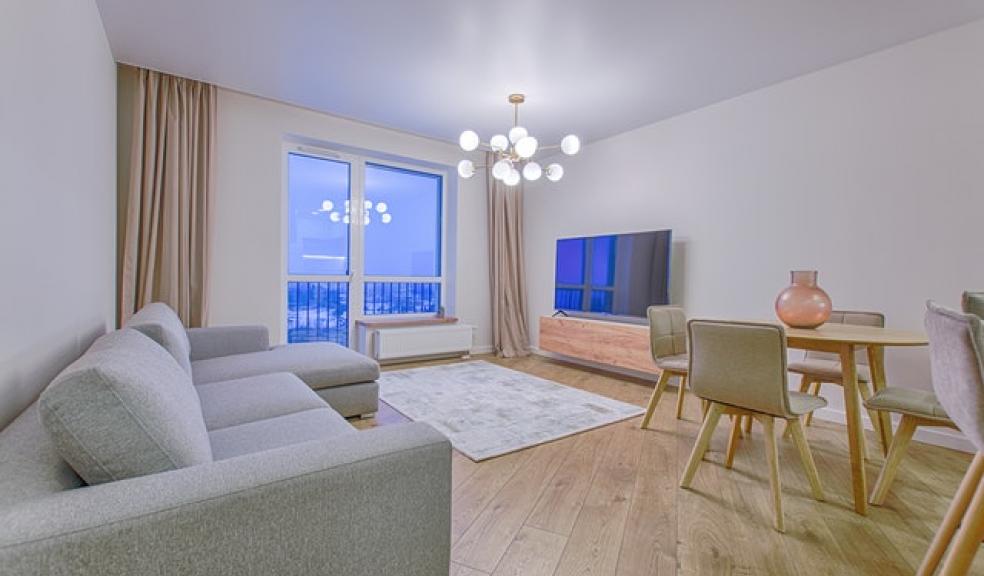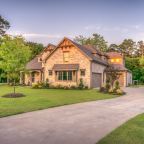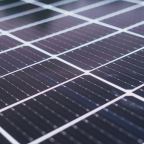
What Type of Wood Flooring Would be the Best for You?
Wood floors are a classic, timeless option when it comes to flooring. However, modern technology has brought forth a wide array of options from bamboo floors that resemble traditional wood floors, to engineered wood floors containing recycled materials. Solid wood floors are often offered alongside laminate floors, while each has their own pros and cons. That is aside from the different profiles, structures and finishes. So, what type of wood flooring would be the best for you?
Available Materials
One of the biggest decisions you need to make regarding wood floors is the material to be used. Hardwoods like oak, cherry and maple are the most durable. This helps them stand up to years of wear and tear.
However, they’re also more expensive. Softer species like pine are cheaper, and they’ll show scratches sooner than hardwoods. However, you can refinish them and paint them to cover up the scratches.
Cork floors are another option, and they’re sustainable. They partially absorb impacts, they retain warmth better than other types of wood floors, and they do a good job of absorbing sound. The downside is that it won’t last as long as conventional hardwood floors. It is especially prone to furniture damage.
Available Finishes
There are three main types of wood flooring finish: varnish, oil and paint. Painting gives you unlimited colour choices, but it will wear quickly. This is why paint tends to be used on cheap pine boards. Oil and varnish can protect all types of flooring. Varnish gives you a shinier finish. Oil looks natural, though it is prone to scratching. Try out the finish on a piece of flooring before you decide what to apply to the whole floor, unless you’re ordering the wood floor pre-finished.
Solid Wood Versus Engineered Wood Floors
Solid wood floors are the traditional form of wood floors. However, the thickness of the boards varies from manufacturer to manufacturer. In every case, they are machined into individual planks. At the same time, grooves are cut into the side so that the boards slide together. They may then be sent unfinished to the installation site where they are finished after assembly, or they may be pre-finished or finished in the factory, which will allow you to walk on your new wood floors faster.
However, solid wood floors are not always stable, so they may need secret nailing, gluing or screwing to hold them into place. And solid wood is prone to fluctuating on exposure to significant changes in temperature and humidity. This makes solid wood floors a poor choice for kitchens and bathrooms. Nor can you put these floors over under-floor heating systems.
Engineered wood floors are now indistinguishable from solid wood floors by sight, and they should not be mistaken for laminate floors. Don’t mistake wood effect tiles with engineered wood. Wood effect tiles are tiles that merely look like wood. Conversely, this means you could use them in the bathroom, as they won’t warp when wet. They’re easy to maintain, but they won’t dampen sound like wood floors.
Engineered wood has many benefits of wood floors without most of the weaknesses. The layer on top of the engineered wood floor looks just like a solid wood floor. However, the thickness of this wear layer varies. Suppliers like Wood Floors of Farnham, for instance, offer both engineered floors and solid wood floors, and you can choose an engineered wood floor that not only resembles solid wood but can be refinished like it, too.
All wood floors offer a beautiful, warm finish that comes with many benefits. However, make sure that you look at the pros and cons of each option, and see which one would be the best for your needs.













